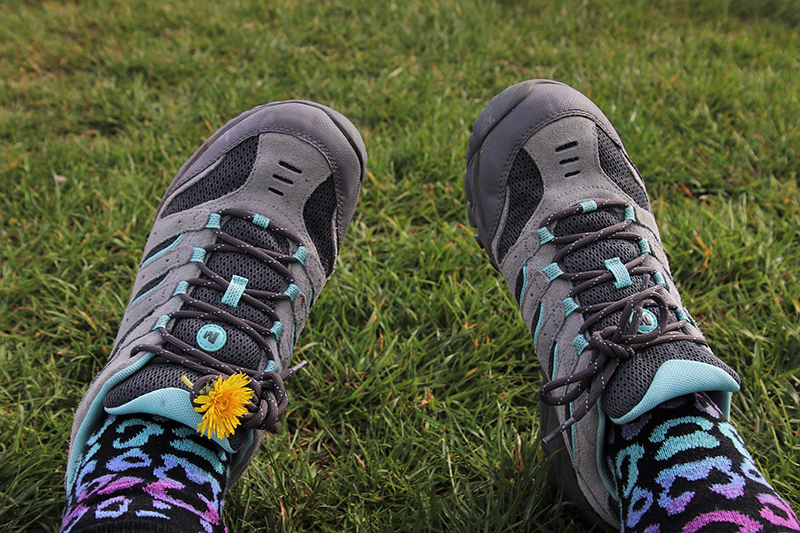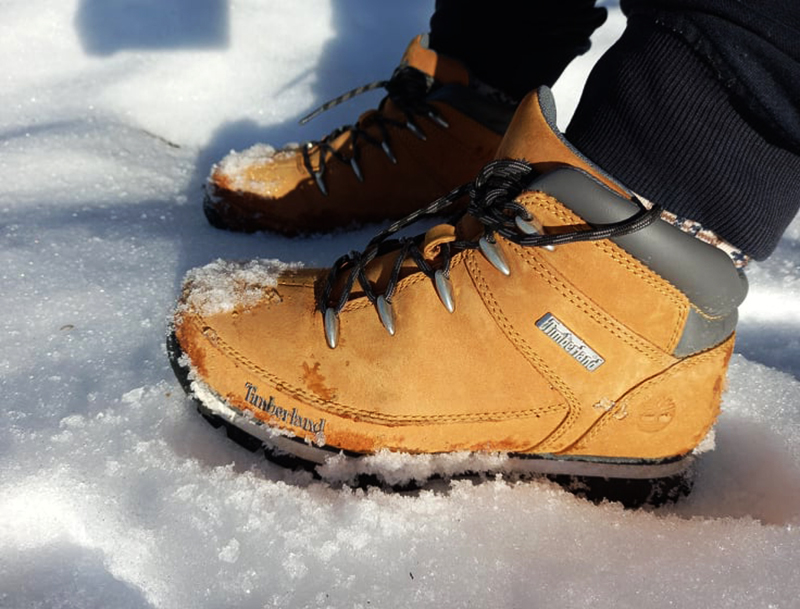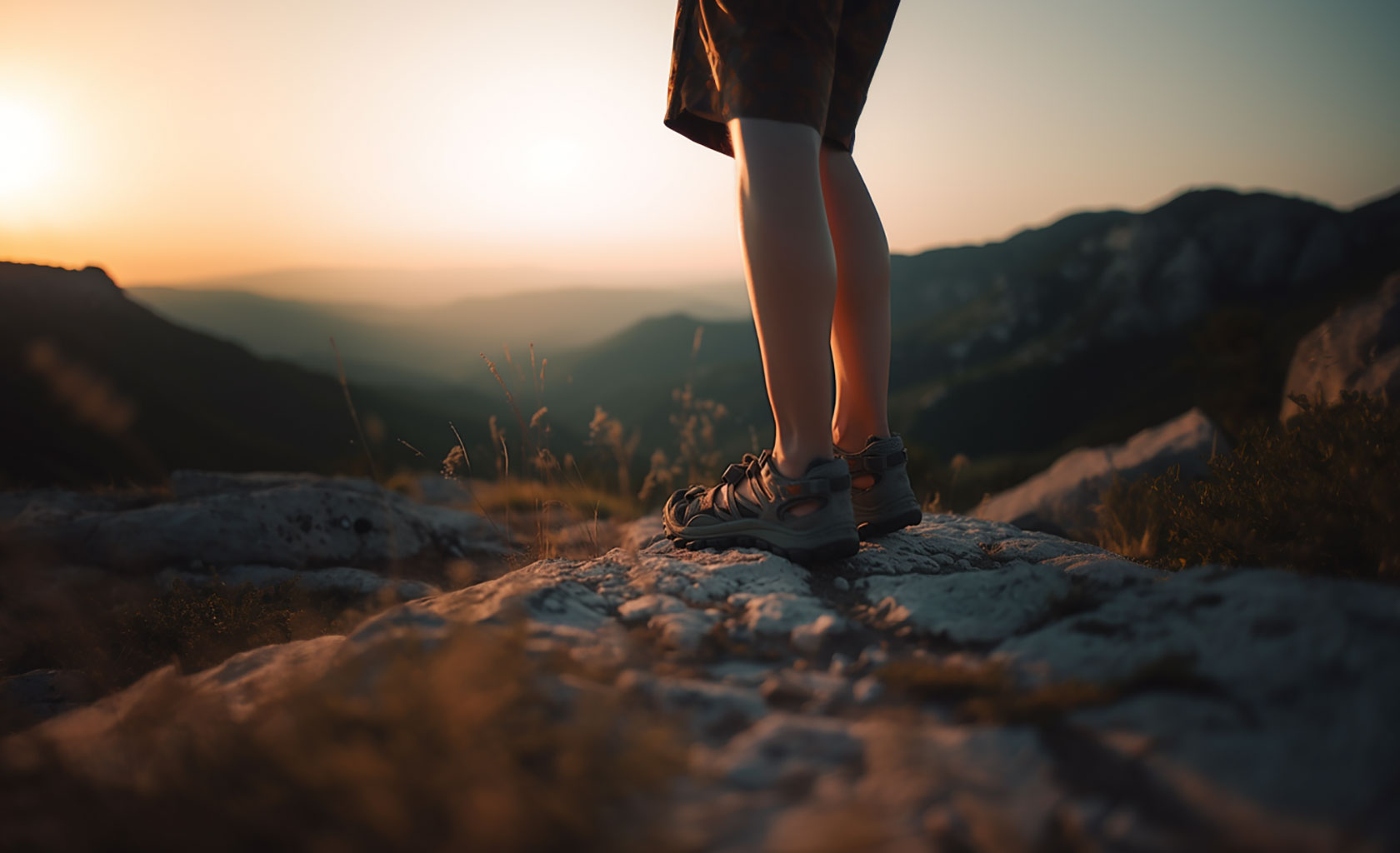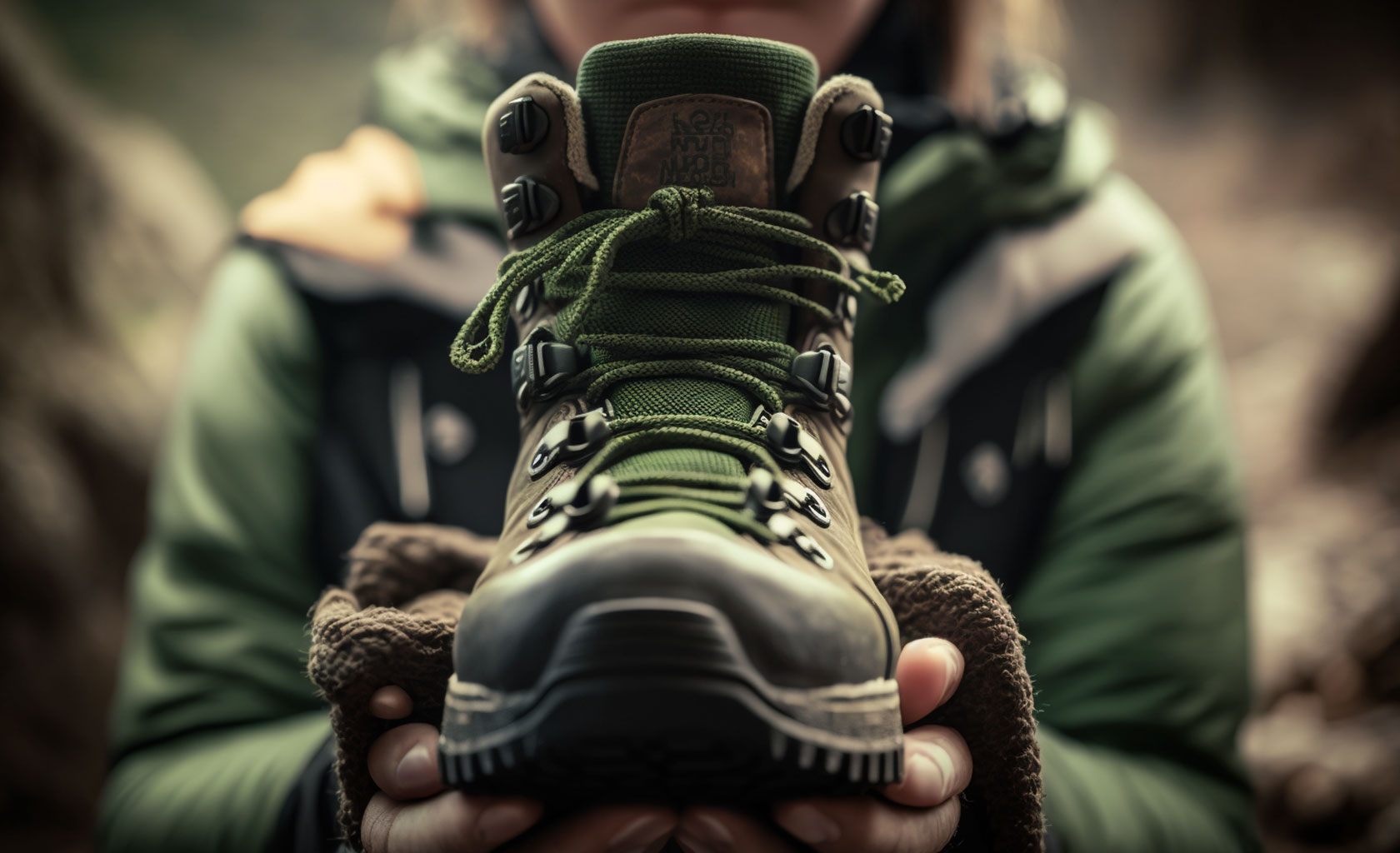Gender is an ever evolving matter in all spheres of human life. We have gender discussions in education, employment, politics and religion. We also have them in sports. Scientists and the general public are constantly arguing about gender differences and their impact on the performance of women and men in sports. Are we really that different? Back to hiking, do these differences have such a strong impact on equipment in this sport that is generally done more for fun than as a competition? More precisely, do hiking shoes for women differ from those for men? To give a clear answer to these questions we must first give a short review of general qualities of hiking shoes and then cast a light on the gender issue.
GENERAL MUST-HAVE QUALITIES OF HIKING SHOES
Hiking shoes, compared to other hiking footwear, seem like a terminator- a killer combination of all qualities hikers prefer. They provide a balance of durability, comfort, water and blister protection for all those who want stable but not too heavy footwear for hiking. People love them because they offer so much:
- Comfort – better feeling when walking compared to boots.
- Breathability – ability to dry once wet as well as easier ventilation under high temperatures.
- Stability – keep your foot safe and stable on the surface, thanks to the soles, to a large extent.
- Protection – in general, against elements, rocks, blisters, and strains.
- Weight – not demanding, which is particularly important when you consider the fact that weight on your foot takes 5 times more energy than weight on your shoulders (backpack or your own excessive weight).
Once all these characteristics are briefly presented, one cannot help but ask two following questions:
- Do hiking shoes for women possess all these qualities too?
- If yes, are there any differences between hiking shoes for women and those for men?

ARE HIKING SHOES FOR WOMEN DIFFERENT?
The answer to question number 1 is yes. Hiking shoes for women are as safe, breathable and durable as any hiking shoe for men. The reason for this is quite simple- our gender differences are not that high so as to cause drastic differences in the basic qualities of hiking shoes. This is to say that hiking shoes for women do not lag behind in anything compared to their male counterparts. Here we get to our hiking shoe gender issue question number 2- are there any differences between hiking shoes for women and those for men? Strangely enough, the answer to this question is also positive. Hiking shoes for women differ from their male peers.
WHAT MAKES THE DIFFERENCE AND WHY?
Size does matter but shape matters more. At least in this case, it does. It is logical that hiking shoes for women are smaller than those for men because women generally have smaller feet. But, what many of you might not know is that difference in the shape of the male and the female foot dictates changes in the way female hiking shoes are designed and produced. Studies show the following:
- Apart from being smaller, female feet are generally narrower at the heel compared to male feet.
- Women’s feet also have a higher arch. According to a Comparative Study of Male and Female Foot Shape published by the Journal of American Podiatric Medical Association, “female feet are relatively narrower but higher than those of the male participants”.
- Woman’s feet are more flexible than man’s. Estrogen is to blame for this. This hormone has an extremely beneficial effect on muscles and bones. However, that is not the case with tendons and ligaments. Research on the Effect of Estrogen on Musculoskeletal Performance and Injury Risk shows that estrogen decreases the stiffness of tendons and ligaments which “directly affects performance and injury rates”.
Manufacturers acknowledged these findings and have adapted the design of hiking footwear for women accordingly. So, compared to male hiking shoes, hiking shoes for women provide:
- A wider forefoot and narrower heel
- Narrower ankle section
- Improved arch support

WAIT- WHAT ABOUT WEIGHT?
There is also one quite visible difference between women and men which causes a difference in the way hiking shoes for women are made. Men generally weigh more than women. Therefore, midsoles of hiking shoes for women do not have to sustain the impact their male counterparts do. As a result, hiking shoes for women are lighter with a softer midsole.
Although lighter shoe is generally speaking better, the fact that women weigh less than men has another not so favorable consequence- women do not step as deeply as men. Adding this to the fact that hiking shoes for women are lighter, it becomes clear that grip can be easily compromised. This is where hiking shoe manufacturers stepped in once again making deeper lugs on hiking shoes for women, to compensate for potential grip loss.
WHY ARE CHARACTERISTICS OF HIKING SHOES FOR WOMEN PARTICULARILY IMPORTANT?
You might ask yourself – do I really need to know these details and why is all this important in the end? Let us give you a straightforward answer. It is important because it is precisely the shoe that will make your hiking either hell or heaven. Hiking shoes must provide the best possible combination of comfort and protection. Finding this balance is even more important when you are a woman. Why? Because, irrespective of what one might think of gender in sports, female athletes are generally more prone to injuries than male sportsmen. According to Robert H. Shemerling, Senior Faculty Editor for Harvard Health Publishing, this is because women have:
- Higher estrogen level
- Less muscle i.e. more body fat
- Wider pelvis which has an impact on the alignment of ankles and knees
- Higher probability of insufficient vitamin D and calcium intake
What to do with all this information?
The conclusion is that understanding physical differences between the sexes will make it easier for women to choose adequate shoes and to preserve their health while doing the sport. A girl must know her body and her shoes. After all, knowledge is power. And now you know. Ready to choose hiking shoes for you? Read our recommendations and reviews in Best Hiking Shoes in 2023.








